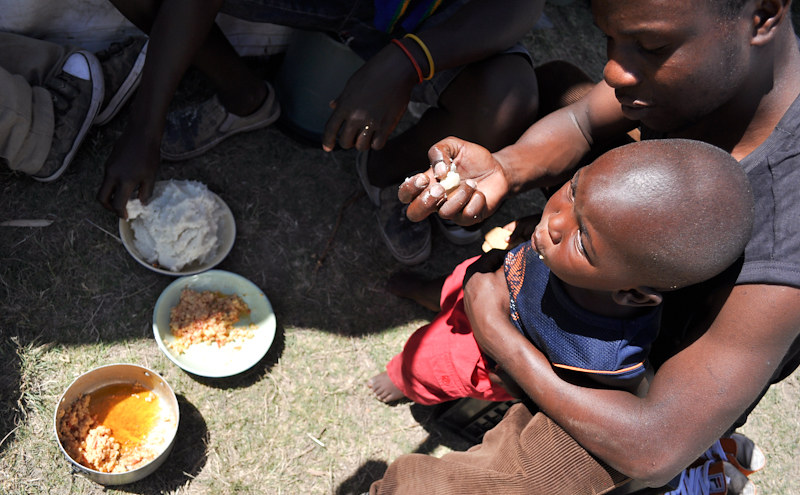AuREUS Solar Panels: A Solution to Food Waste in Communities


Agricultural Waste and Its Consequences for Farmers
According to a 2021 report by the World Wide Fund for Nature (WWF) United Kingdom (U.K.) and Tesco, global food waste totals 1.2 billion tonnes annually, representing 15.3% of produced food, equivalent to $370 million in value. Research by the No Hungry Children Organization suggests this could feed 37 million people for a month. On farms, between 22,000 and 37,000 tonnes of produce go to waste annually, enough to provide 150,000 to 250,000 people with five daily portions of fruits and vegetables for a year. Factors contributing to food waste include environmental challenges, changing food standards, product mishandling and shifts in retail demands, most of which are beyond farmers’ control.
AuREUS Solar Panel Function
The same technology derived from the phenomena that govern the beautiful Northern and Southern lights powers AuREUS, a system using luminescent particles similar to those found in fruits and vegetables. These particles, when struck by high-energy particles like gamma or UV rays, absorb and emit visible light. AuREUS features two products: the Borealis Solar Window and the Astralis Solar Wall. Both incorporate a layer of organic luminescent extracted from food waste suspended in a resin substrate.
Photovoltaic (PV) cells, crucial to solar panels, line the edges of these devices. When UV radiation hits, the luminescent particles emit light toward the PV cells, converting it into electricity. This electricity can then be redirected to storage, batteries or immediate use. Unlike traditional solar panels, AuREUS panels can be installed vertically and capture UV radiation even on cloudy days due to their ability to harness UV light without direct sunlight. In 2019, AuREUS was implemented in building settings and its innovative design earned Carvey Ehren Maigue the first-ever James Dyson Sustainability Award in 2020.
A Potential Solution
AuREUS technology, leveraging crops from agricultural communities, enables farmers to upcycle waste from farming and retailing processes. This innovation helps farmers mitigate significant losses and manage risks more effectively. Moreover, AuREUS solar panels harness UV radiation, a clean and unlimited energy source, which can reduce daily living costs for farmers. Additionally, these panels help decrease food waste, contributing to climate change mitigation.
Currently under research and testing for broader applications such as mass production and public transportation, AuREUS Solar Panels have shown promise in early studies. Out of 78 crops tested, nine exhibited high potential, with red, orange, yellow and green hues serving as potential dyes containing the necessary luminescent particles. Ongoing research aims to optimize material extraction from crops, aspiring to reach 100% efficiency compared to the current 80%, which could revolutionize crop utilization in agricultural communities.
Looking Ahead
The development of AuREUS Solar Panels represents a breakthrough in sustainable energy and waste reduction. By turning agricultural byproducts into functional technology, the panels offer a creative approach to addressing both energy needs and food waste. As research progresses, this innovation could open new possibilities for renewable power generation and resource use, enhancing both environmental sustainability and economic benefits for agricultural communities.
– Jimmy Nguyen
Jimmy is based in Savannah, GA, USA and focuses on Technology and Solutions for The Borgen Project.
Photo: Flickr
